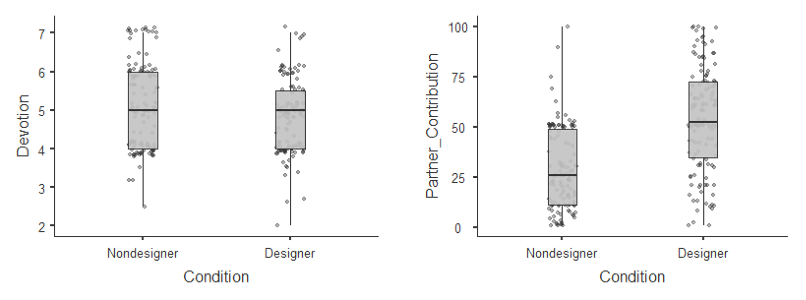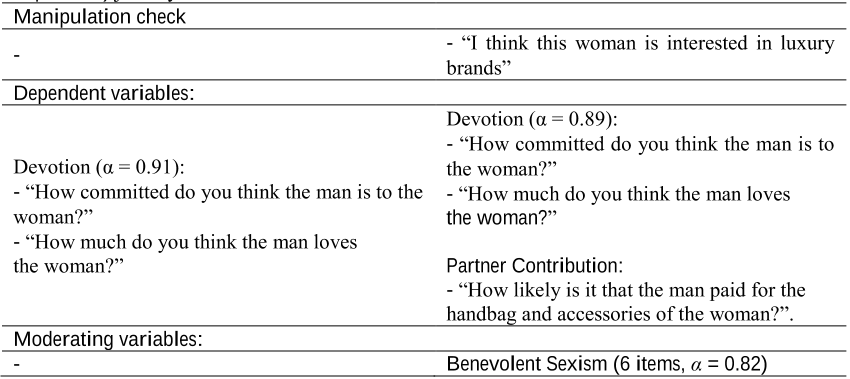Abstract: The Sociosexual Orientation Inventory (SOI; Simpson & Gangestad 1991) is a self-report measure of individual differences in human mating strategies. Low SOI scores signify that a person is sociosexually restricted, or follows a more monogamous mating strat- egy. High SOI scores indicate that an individual is unrestricted, or has a more promiscuous mating strategy. As part of the International Sexuality Description Project (ISDP), the SOI was translated from English into 25 additional languages and administered to a total sam- ple of 14,059 people across 48 nations. Responses to the SOI were used to address four main issues. First, the psychometric properties of the SOI were examined in cross-cultural perspective. The SOI possessed adequate reliability and validity both within and across a di- verse range of modern cultures. Second, theories concerning the systematic distribution of sociosexuality across cultures were evaluated. Both operational sex ratios and reproductively demanding environments related in evolutionary-predicted ways to national levels of so- ciosexuality. Third, sex differences in sociosexuality were generally large and demonstrated cross-cultural universality across the 48 na- tions of the ISDP, confirming several evolutionary theories of human mating. Fourth, sex differences in sociosexuality were significantly larger when reproductive environments were demanding but were reduced to more moderate levels in cultures with more political and economic gender equality. Implications for evolutionary and social role theories of human sexuality are discussed.



